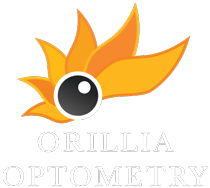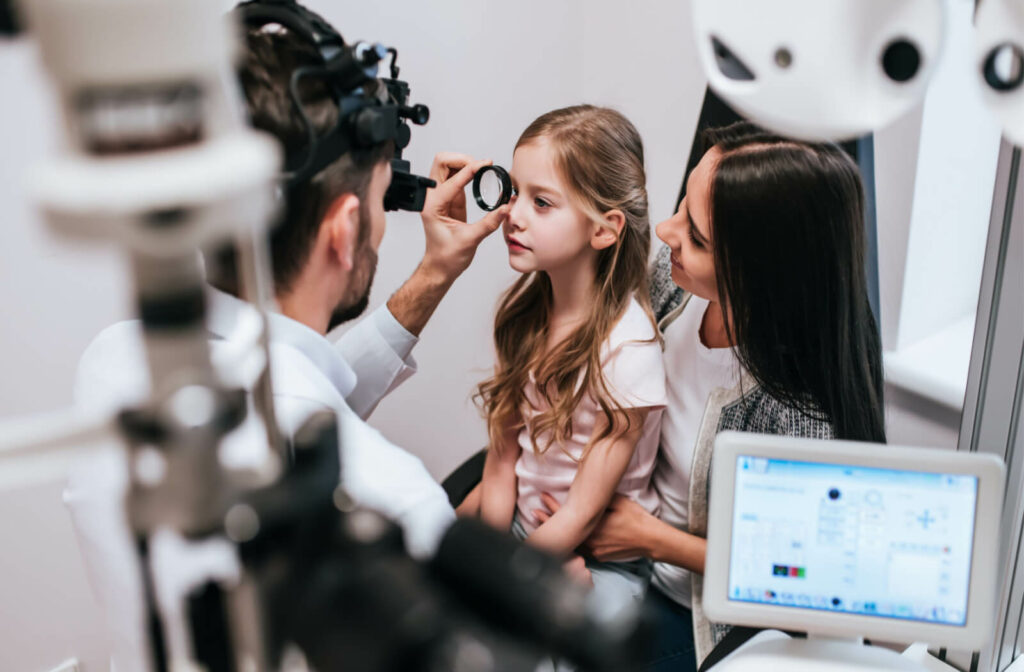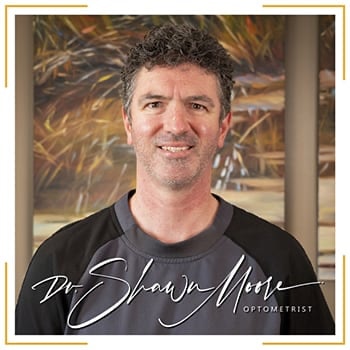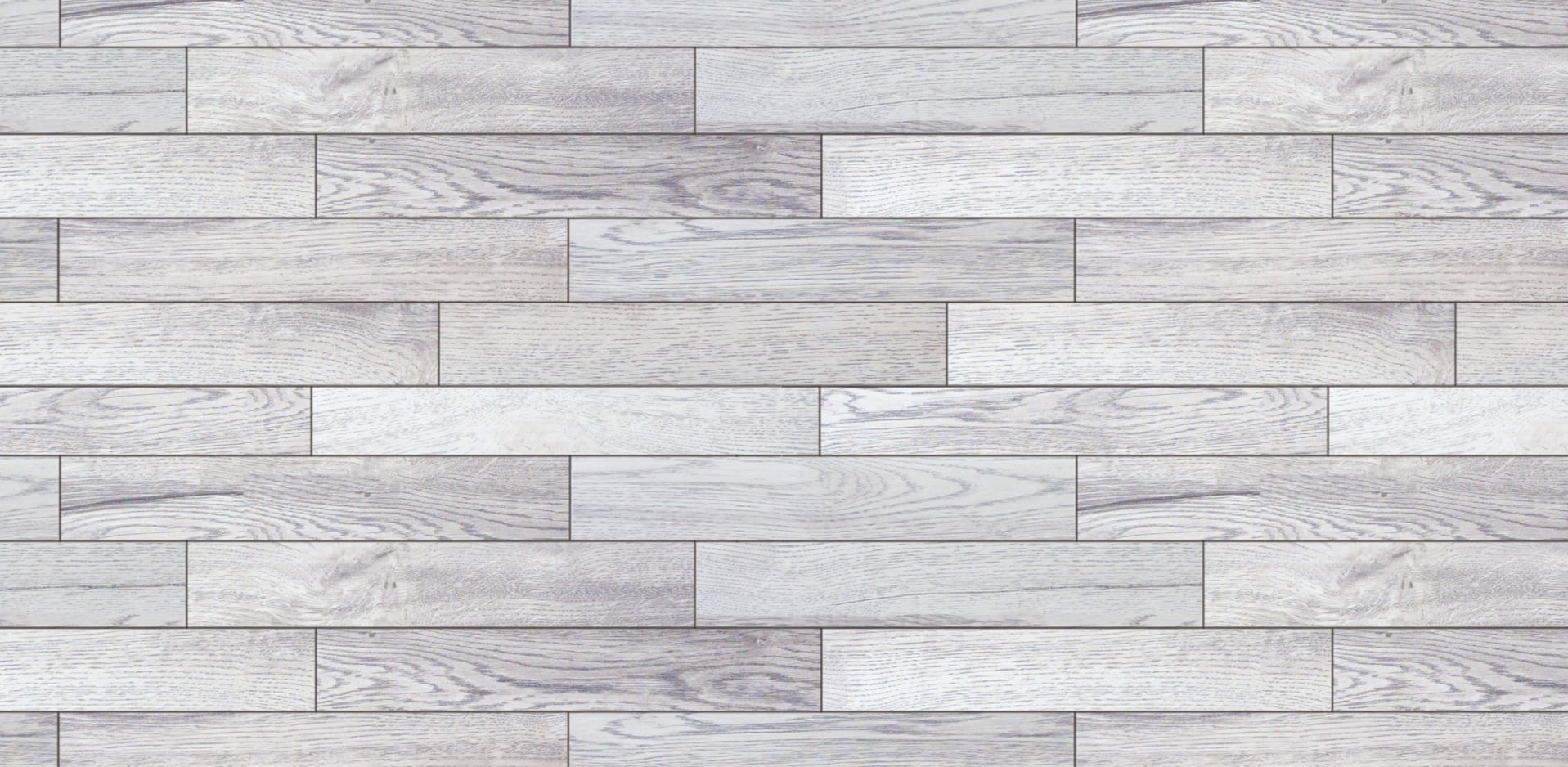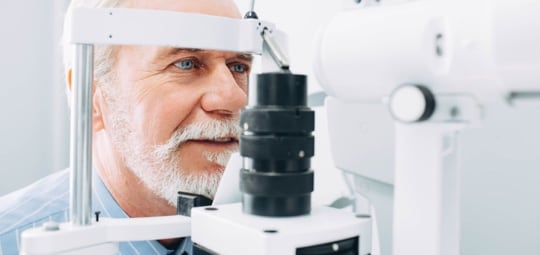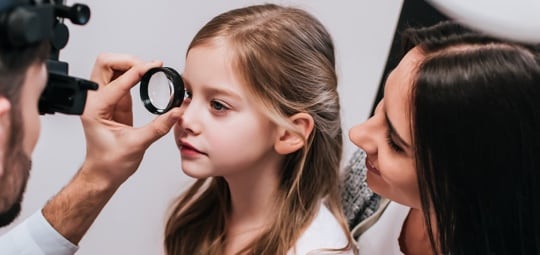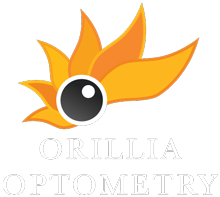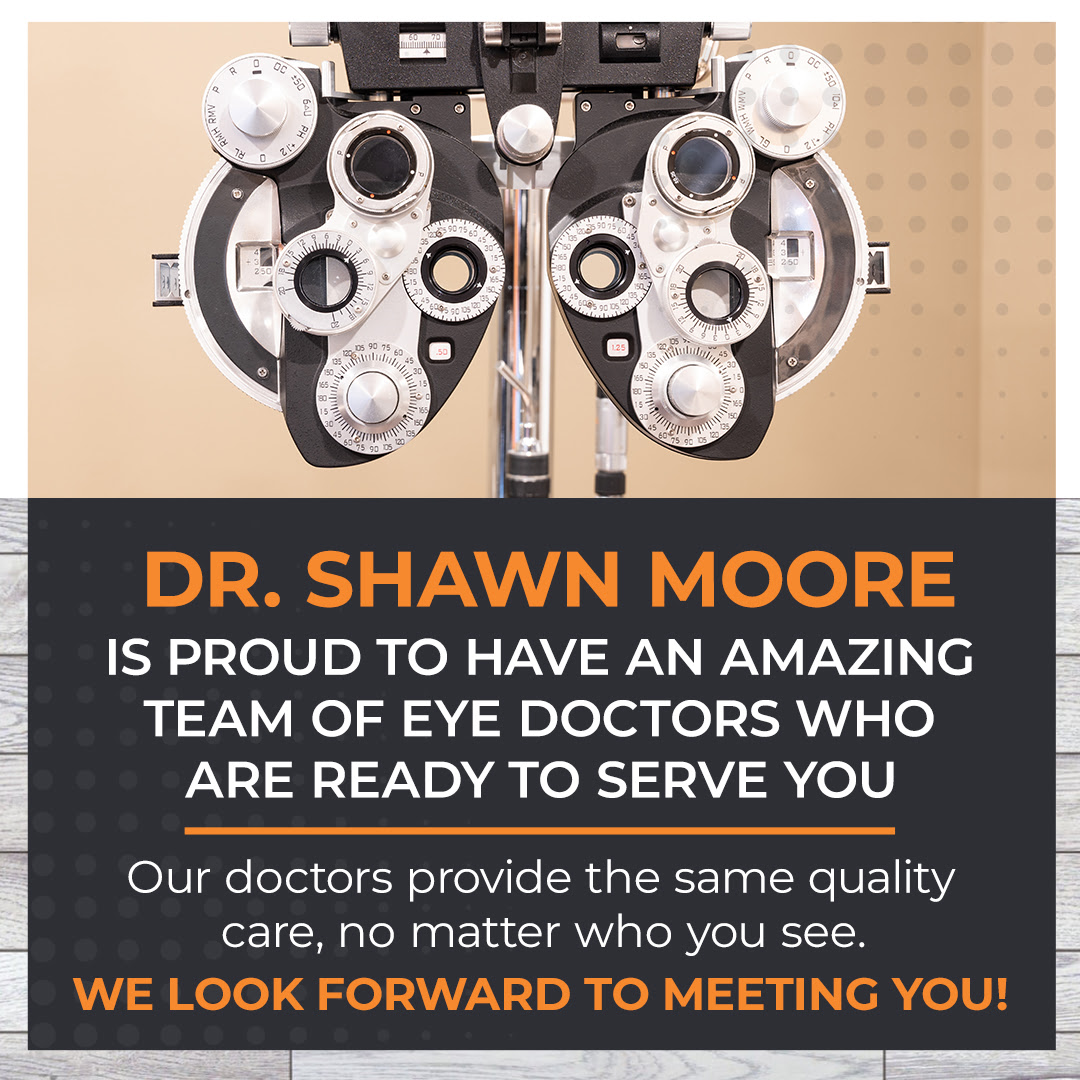Seeing Results
When most people think of healthy vision, they might consider 20/20 vision a high standard. While seeing distances clearly is helpful, reading letters off a wall is not the only way we use our eyes. Every day we rely on various visual skills, such as depth perception or spatial learning.
Vision therapy can help build those essential skills when visual skills develop poorly. Your optometrist can use vision therapy methods and tools to help improve various eye problems, from common conditions like eye strain to complex issues like binocular vision dysfunction (BVD).
But what types of conditions can vision therapy help? How long does it take to see results?
What Is Vision Therapy?
Vision therapy is in many ways similar to physical therapy. Instead of mobility skills, vision therapy enhances or restores visual skills. Vision therapy can benefit people of all ages, including children developing visual skills for the first time.
While your eyes play a significant role in vision, a whole visual system is involved in making sight work effectively and comfortably. From your eyes to your brain, seeing and understanding vision requires multiple structures, nerves, and tissue.
Healthy sight begins with light. First, the human eye directs light through the front of the eye (cornea) to the back of the eye (retina) to gather visual information in the form of light intensity and colour. Next, the optic nerve transmits visual information as electrical signals. Then, those signals are sent to the brain, namely the occipital lobe.
Every part of that journey and every tissue involved is necessary for achieving vision. The eye controls how much light enters the eye, but the brain interprets to inform various aspects of vision, such as:
- Colour intensity
- Distance & depth perception
- Object recognition
- Movement tracking
When the neural pathways that transmit and interpret visual information develop abnormally or are damaged, people experience vision problems. Vision therapy looks at the visual system to improve a patient’s vision, including the eyes and the brain.
Types of Vision Therapy
There are 3 common branches associated with vision therapy: vision therapy for developmental problems, neuro-optometric rehabilitation, and sports vision training. Although the treatment can use similar methods and tools, the goals differ.
Vision Therapy for Developmental Problems
Vision therapy for children focuses on developing visual abilities for life-long healthy vision. In some cases, eye problems are apparent, such as strabismus (crossed eyes). However, vision problems can also present as poor academic skills because up to 80% of classroom learning is visual.
When children don’t understand what they’re seeing, it can limit their success. Untreated vision problems can sometimes be incorrectly diagnosed as ADHD or dyslexia.
Developmental optometrists can use vision therapy methods to help improve various vision conditions, including:
- Balance or coordination issues
- Convergence insufficiency
- Developmental delays & special needs
- Difficulties with eye movement
- Eye conditions (amblyopia, strabismus)
- Learning problems
- Visual-motor integration
- Visual perception problems
Neuro-optometric Rehabilitation
Brain trauma or abnormal neurological development can affect visual abilities. Although neuro-optometric rehabilitation therapy is often considered distinct from vision therapy as it requires unique training, it can use similar methods.
Neuro-optometric rehabilitation promotes recovery and helps rewire the brain to improve eye function. The therapy can help treat brain-related vision problems resulting from traumatic brain injury (TBI), physical disabilities, or neurological issues.
Neuro-optometric rehabilitation aims to strengthen visual skills and improve vision symptoms, including:
- Blurry vision
- Diplopia (double vision)
- Eye movement abnormalities
- Headaches
- Inability to recognize objects or people
- Light sensitivity (photophobia)
- Reading problems
- Vision loss
- Visual perceptual deficits
Sports Vision Training
Visual skills can be as crucial to sports performance as any mobility skills. Sports vision training can enhance the visual skills for aiming, catching, and passing. When visual deficiencies result in lacklustre sports skills, it can discourage young kids. With improved vision, they can enjoy their favourite sport—or excel with a competitive edge.
Athletes of any age can benefit from sports vision training. Specific skills vision training can help with include:
- Concentration & reaction time
- Depth perception & peripheral vision
- Eye tracking & eye focusing
- Hand-eye coordination
- Visualization & visual memory
How Long Does Vision Therapy Take?
How long vision therapy takes depends on multiple factors. Patient compliance, eye health, and problem severity significantly contribute to the treatment timeline and outcome. Every patient is unique and requires an individual treatment plan. Your optometrist will outline a personalized treatment plan, but the timeline can change.
To achieve improvement, patients must actively participate and adhere to the therapy program. Like learning to play an instrument, you need to practice to get better. Over time, the exercises will become easier.
Patients can experience positive results in as few as 10 weeks, but it’s typical to see significant results within 6 months.. However long or short it takes, your optometrist will be there to guide you through every step.
Contact Us for Vision Therapy
Vision therapy can help your eyes work better together and better for your vision needs. When you or your child have vision issues, consult your optometrist to see if vision therapy is right for you.At Orillia Optometry, we build trust and confidence by providing personalized support and patient education. We want our patients to feel respected and empowered to make the best possible eye care decisions. Contact us to learn more about vision therapy and eye care services. Book an appointment today!
